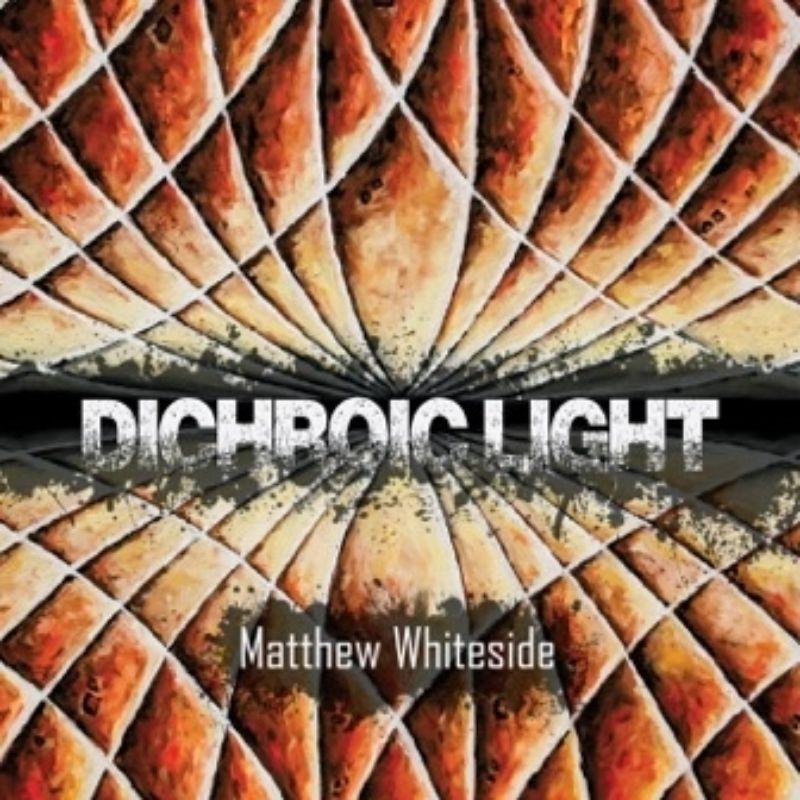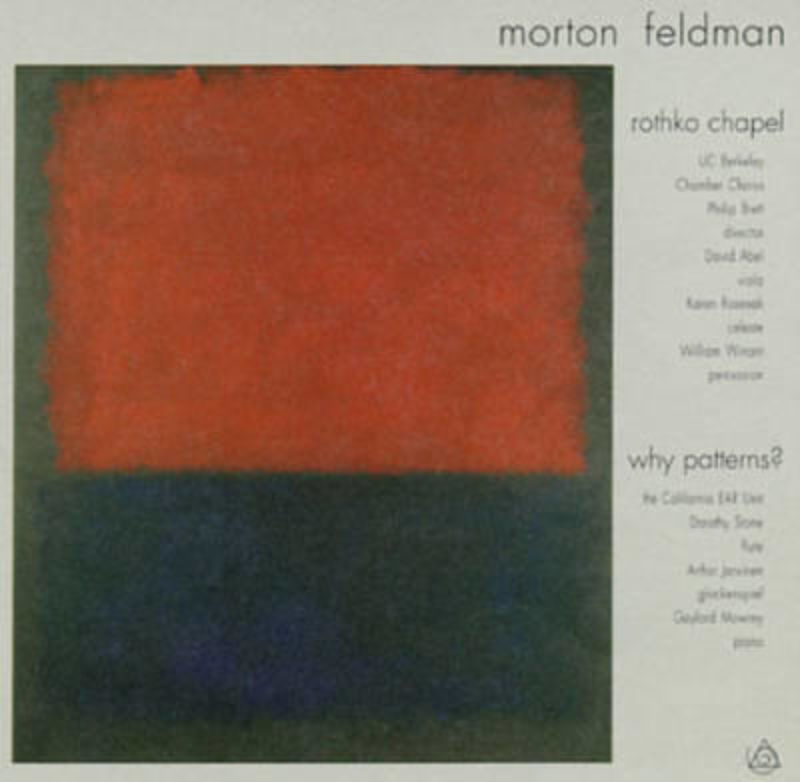
One of my friends recently asked why I compose what I do and in the style that I do. My reply, after some thought, was ‘to me new music is the only art into which I can distil all my interests and experiences’. I believe New Music is important precisely for this reason. Through it, it is possible to distil abstract ideas, interests and feelings into what is the most abstract, ephemeral and eternal of art-forms – one with no tangible form that exists as little more than energy floating through the air, whose reverberations will decay exponentially but never disappear. New Music, to me, exists to be listened to and experienced on its own terms as a blank slate for the audience to project upon and enjoy in a very individual way. That’s not to say I haven’t listened to Feldman while driving, Boulez while walking into town or Saariaho in the gym.
As much as I enjoy listening to more mainstream music, it has never had as much of an emotional impact on me as new music. The piece that sticks in my head that, for want of a better turn of phrase, completely floored me is Claude Vivier’s Zipangu. I had just finished reading his biography, which mentioned a number of pieces I didn’t know, Zipangu was one. For 15 minutes I was captivated and for the final 2 felt like I was being punched in the stomach. This might not seem like a pleasant experience but it is a memorable one and not one that popular music has ever come close to replicating. New music is the only kind of art-form that has such a physical effect on me.
Composition is a direction I decided upon quite late in my secondary education. I had been aiming toward law for university and had even received offers for study but decided to change everything over to composition. The idea had been bubbling away for a few years after I realised that there were still composers living and writing music. The first piece of truly New Music I heard was Thomas Adés’ Asyla, specifically the third movement. I’ve been told he wrote this movement while he was living above a night-club in London; whether true or not, the movement is essentially an orchestral rave. It feels slightly distant but you can definitely feel the power behind it (anyone who has listened to a party through a wall can completely understand this experience!).
In Renaissance music this cross-pollination of ideas between popular (or secular) music and art (or religious) music was free flowing. Composers like Carlo Gesualdo wrote music for both secular and sacred use and allowed the free flow of ideas between them. Gesualdo is interesting as well because his chromatic writing was almost unique for its period and for a few hundred years after.

This cross-pollination is at the core of why I love writing and listening to new music. For a large part of the 20th century a wall was erected between the avant garde and the popular, however this wall began to gradually crumble. The most well known cross-pollination is the minimalists. Take Steve Reich’s Music for 18 Musicians and compare it to the opening of The Who’s Baba O’Riley and the links are fairly obvious. One of the lesser talked about influences on popular music, but one that has probably had a greater influence, is that of the electroacoustic composers and the technology they developed and used to expand their art.
The earliest composer to predict the development was Edgar Verese. Though not truly an electroacoustic composer until his experiments late in his career he said: "I dream of instruments obedient to my thought and which with their contribution to a whole new world of unsuspected sounds, will lend themselves to the exigencies of my inner rhythm." Late in his career he got his wish with his Poème électronique, though elements of Ionisation to me sound like vinyl scrapes of DJs.
The first true electroacoustic composer was Pierre Schaeffer who coined the phrase Musique Concrète. He took the early recording technology that was available and used it to manipulate and loop sounds, which is very evident in his early piece Cinq études de bruits (Five Studies of Noises). At this point it was fairly crude by our standards today but was an important step for music as a whole. It is fairly easy to hear the link between the techniques used in Étude violette and Fortune Days by the Glitch Mob. This simple step led to the eventual development of thousands of tools for the creation of electronic music and led to where we are today, where it is possible to make electronic music on a small device in your pocket that is obedient to your thoughts.
New Music does not just converse with other genres of music but is often a link with visual art - something that has been felt throughout the 20th century. Morton Feldman was the first composer, that I know of, who described his work in painterly terms and who closely worked with artists in New York. His most famous work based on a painter is Rothko Chapel, written for the inauguration of a chapel designed by Mark Rothko with his paintings hung on the walls. This turned out to be a memorial piece as Rothko died before the chapel was completed. The final movement of this piece is a beautiful, almost pastoral melody that comes out of technically dissonant but captivating harmonies beforehand.

There is a question hanging over this whole piece of what way does this idea of cross-pollination flow? For example, did Reich influence popular music or just pick up on trends within it and transform them into his own language? I would say it simply doesn’t matter. To me music is a continuum rather than distinctive ghettos. One of my most memorable experiences in my school music class was starting off with Mozart and ending up with Henry Cow via Aphex Twin, Steve Reich and George Gershwin, among others. Thankfully it feels like the musical world and listeners are moving toward acceptance of this continuum but these ghettos are maintained mostly due to marketing to help with audience expectation. Look at the work by Anna Meredith, who on one hand is seen as a ‘classical composer’, for example her work Hands Free, but on the other R-Type wouldn’t feel out of place in a club. Corey Dargel writes songs that feel as if they fall between contemporary classical music and popular music and ensembles like Bang On A Can and Ensemble Thing cultivate a more band like feel to their concerts and music, yet are firmly within the classical concert experience. That's before even thinking about putting classical music into non traditional concert spaces like The Night With… , Non-Classical and Kaleidoscope Nights.
In my own work, I freely allow this cross-pollination, now at least. When I started composing, I somehow fell into the habit of distancing myself from the music I used to listen to like edIT, Nine Inch Nails, A Perfect Circle and Disturbed, until with my Ulation and Quartet No. 3 I was actively trying to recreate the glitchy soundworld of artists like Murcof and then again with Well, Well, Well I realised the piece wanted to turn into something of a more trad style.
The main point I am trying to get at with all of this is that New Music is more than the stereotypical associations with Boulez, Birtwistle and Berg (though he isn’t new any more! and I love listening to them all). If you like any music you will find something in the smorgasbord that is being created by contemporary composers. There is no longer a modern style, there is just music.
Listen to Matthew's curated playlist here
Matthew Whiteside is a composer based in Glasgow. Over the last few years, his work has regularly been performed at sound. You can follow him on Twitter @mwhiteside and find out more of his work on www.matthewwhiteside.co.uk
More information on his debut album, Dichroic Light, here: www.matthewwhiteside.co.uk/?page_id=1304







